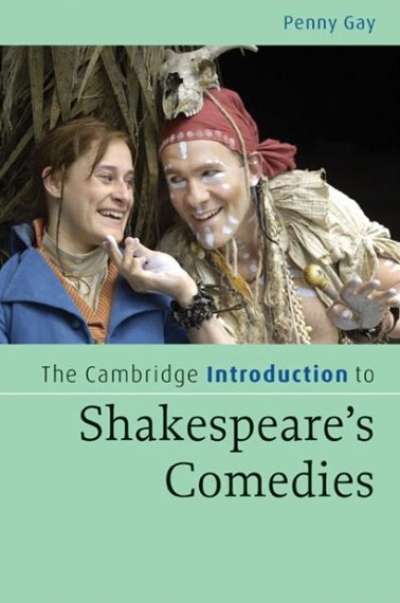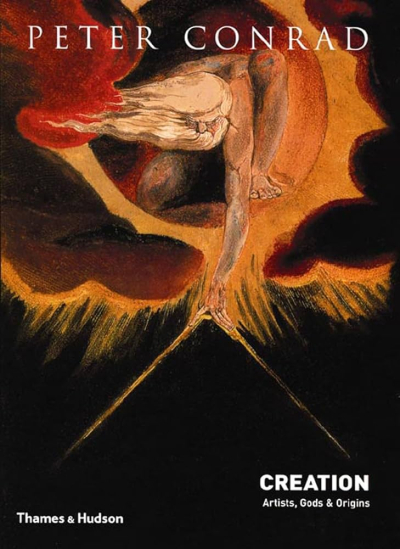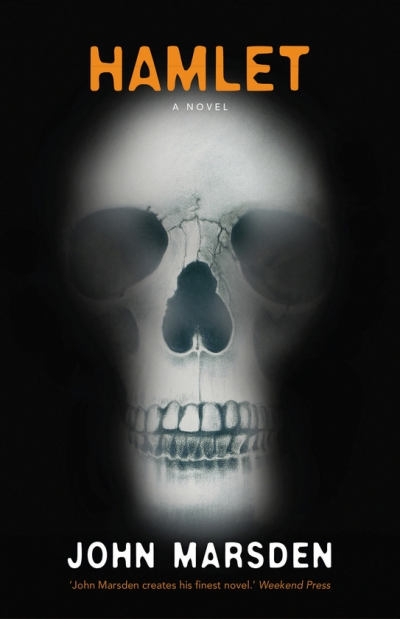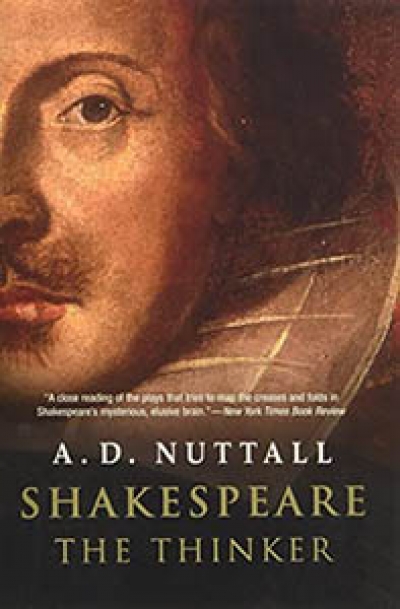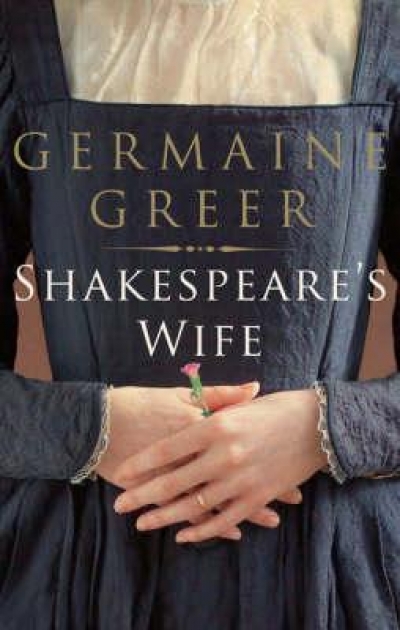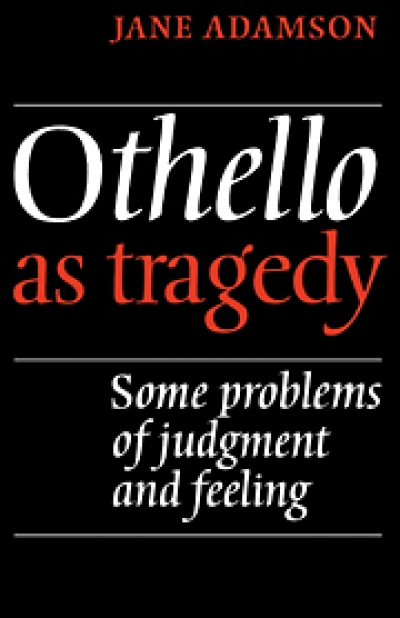Shakespeare
Shakespeare, Sex, and Love by Stanley Wells & Shakespeare’s Freedom by Stephen Greenblatt
Anyone who remembers Julie Taymor’s 1999 version of Titus Andronicus, Shakespeare’s first published play, will not be expecting a reverential treatment of what is reputedly his last, but Taymor’s new film does move more or less inexorably to the play’s final wisdom: ‘The rarer action is / In virtue than in vengeance.’ The Tempest is a d ...
The Cambridge Introduction to Shakespeare’s Comedies by Penny Gay
In James Joyce’s Ulysses, Shakespeare is referred to as the happy hunting ground of all minds which have lost their balance. He is also referred to by Buck Mulligan, even less reverently, though with a distinct nationalist tilt, as ‘Shakespeare. I seem to recall the name. Ah, to be sure, the fellow who writes like Synge.’ Well, there probably are analogies between the greatest of all dramatists, who could also, as Donald Davie pointed out, use any word in the language he chose (and hence manipulated an extended diction), and the chap who set the Abbey Theatre stage on fire with the dynamic stylisation of Irish peasant speech in The Playboy of the Western World. Just as there are analogies between the poet who could write King Lear and the lonely Jesuit who wrote, ‘O the mind, mind has mountains: cliffs of fall / Frightful, sheer no-man-fathomed: / Hold them cheap may who ne’er hung there’, and all those tragic sonnets. Not to mention the fellow who posed in front of the bookshop sign in Paris.
... (read more)
